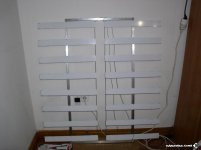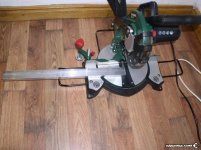NIKT
Active member
Nice info and projects man!
Not so much drafts as preliminary sketches. Next, cheap LSC 17W 3000K lamps conversion. Tunnel cooling, aluminum profiles 80x80x2 mm. It is possible to add a power control to this, thanks to the fact that the power supply of these lamps is not built into the mcpcb separately. A smaller version is under construction. The efficiency of such a panel does not differ much from the Mars Hydro TS series lamps. Approximately 2.1 µmol / J is achievable, higher values when the diodes are run at half current after they are connected in parallel with the power supply. Perhaps even 2.25 umol / J ?? it seems computationally achievable.
Lower operating temperature of diodes powered by lower current _ higher efficiency and durability that e27 lamps lack. Active tunnel cooling, a very slight increase in the power consumed by the panel with a significant reduction in the TJ temperature of the diodes
https://forum.haszysz.com/threads/co-teraz-kupić-lampy-na-rynku-2022-nowoŚci.128483/page-3
The panel is designed for 1.2x1.2 m. A bit too high power, variable distribution of sources to avoid a hot spot in the middle of the room.
Reduced power, initial design sketch, no control and no wiring so far.


































